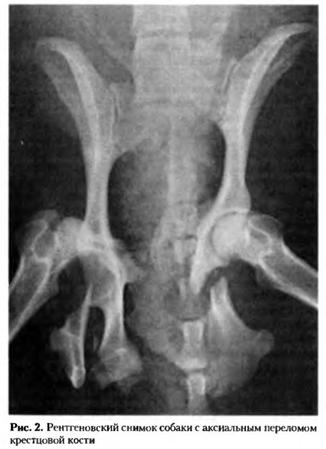POSSIBLE ROLE OF REACTIVE OXYGEN SPECIES IN THE ANTIVIRAL DEFENCE
V.P. Skulachev Department of Bioenergetics, A.N. Belozersky Institute of Physico- Chemical Biology, Moscow State University, Moscow 119899: fax: + 7(095)9390338: E-mail: skuluch@heud.genebee.msu.su Submitted September 09, 1998 A hypothesis is put forward assuming that reactive oxygen species (ROS) operate as components of the antiviral defence system in the living organisms. It is proposed that such a function of ROS is mediated by apoptosis in contrast to antibacterial ROS effect where ROS are used as <biological weapon> employed by an organism in its fight against bacteria. A cell, detecting appearance of a virus in its cytoplasm, is assumed to activate formation of super-oxide and hydrogen peroxide by xanthine oxidase or/and NAD(P)H oxidase. An increase in [ROS] induces apoptosis in the virus-infected cell. Moreover, H:O2 diffuses to neighbouring cells since the cell membranes are quite permeable for H:O2. As a result, these cells also commit suicide (phenomenon of <bystanders>). Thus both the infected cell and its closest neighbours (most probable subjects of the infection expansion) die, thereby preventing spreading of the viral infection. KEY WORDS: reactive oxygen species, hydrogen peroxide, virus, antiviral defence.
